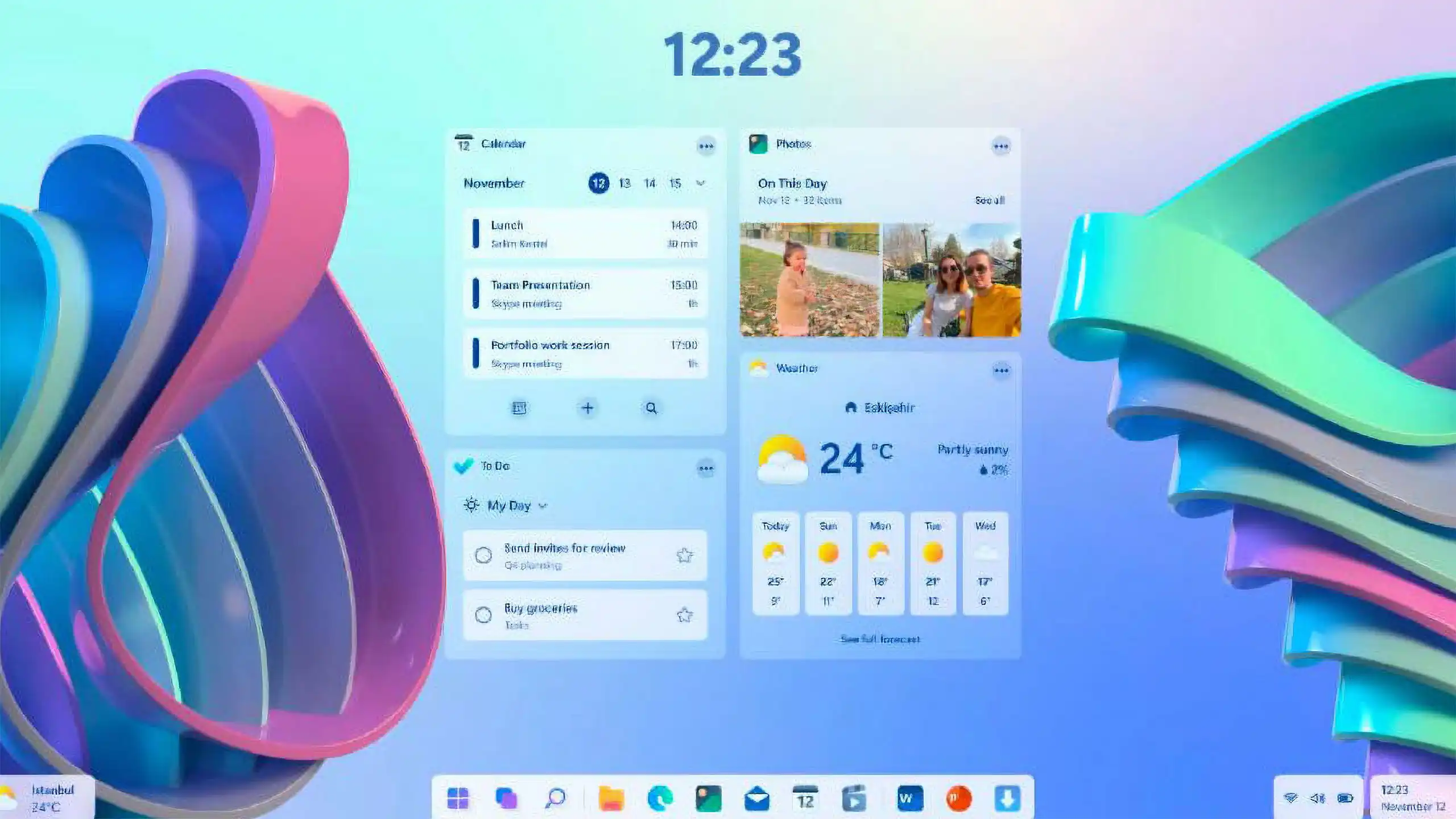Microsoft has always been at the forefront of innovation when it comes to operating systems, and the anticipated release of Windows 12 has generated significant excitement. Users and tech enthusiasts are already speculating about the features and improvements this new version will bring.
Based on recent developments, industry trends, and user demands, here’s a deep dive into the expected features in the upcoming Windows 12.
1. Enhanced AI Integration
Artificial Intelligence (AI) is reshaping the software landscape, and Windows 12 is expected to integrate AI deeply into its functionality. Microsoft’s earlier AI efforts, such as the Copilot feature in Windows 11, have shown that the company is serious about harnessing AI for productivity.
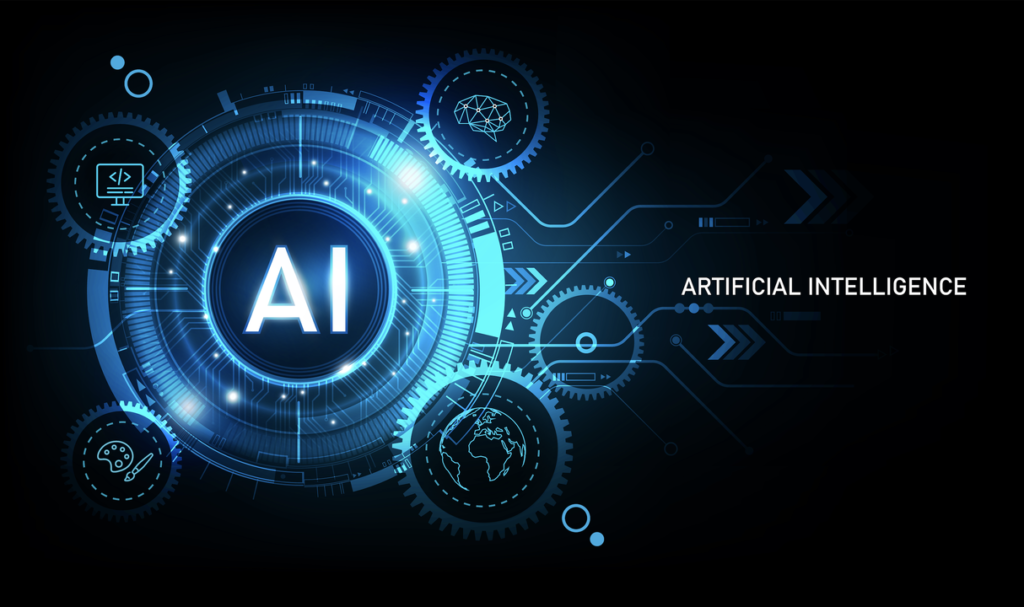
In Windows 12, AI could become more intuitive, offering personalized assistance for tasks like writing, coding, scheduling, and even creative processes like design and video editing. AI-driven features might also anticipate user needs, streamline multitasking, and optimize system performance based on usage patterns.
2. Modular Design and Customization
A significant shift in the user interface (UI) is expected in Windows 12, with a focus on modularity and customization. Currently, Windows 11 offers some level of UI customization, but Windows 12 could take this further, allowing users to tailor the layout, themes, widgets, and controls to their exact preferences.
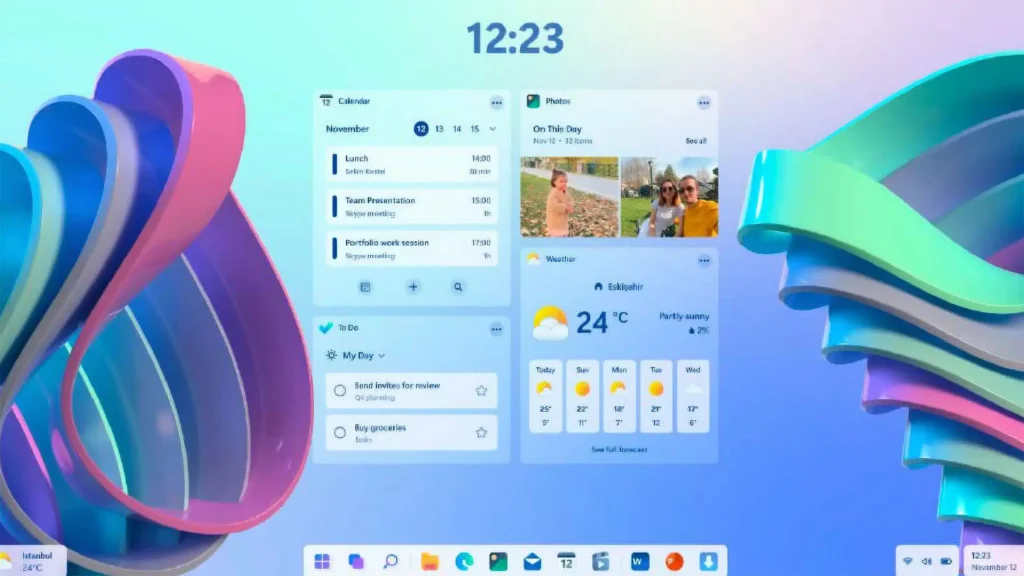
The OS could allow for dynamic desktop environments that adapt based on work modes, such as offering a more streamlined interface during work hours and a more media-centric one for personal use.
3. Cloud-Based OS Capabilities
With the growth of cloud computing, Windows 12 could feature deeper cloud integration. A cloud-based OS could allow users to seamlessly switch between devices while maintaining continuity. Whether you’re on a laptop, desktop, tablet, or even a smartphone, your apps, settings, and data could follow you through Microsoft’s cloud.

This cloud-driven OS may also offer better collaboration features, especially for businesses, allowing users to work on files in real time with colleagues and share resources without the need for heavy file transfers.
4. Performance and Security Enhancements
Every iteration of Windows brings improvements in performance and security, and Windows 12 is expected to continue this trend. We can expect faster boot times, more efficient resource management, and better optimization for high-end CPUs and GPUs.

On the security front, Windows 12 will likely introduce more robust protections against the growing threat of ransomware, phishing, and malware attacks. Built-in AI and machine learning systems could proactively detect and neutralize threats. Additionally, there may be advancements in biometric authentication (such as Windows Hello) and hardware-based security features like TPM (Trusted Platform Module).
5. Seamless Integration with Microsoft 365 and Other Services
Microsoft 365 has become an integral part of both personal and professional computing. Windows 12 is likely to enhance integration with Microsoft 365 applications, making it easier to transition between tasks across Word, Excel, Outlook, and other apps.
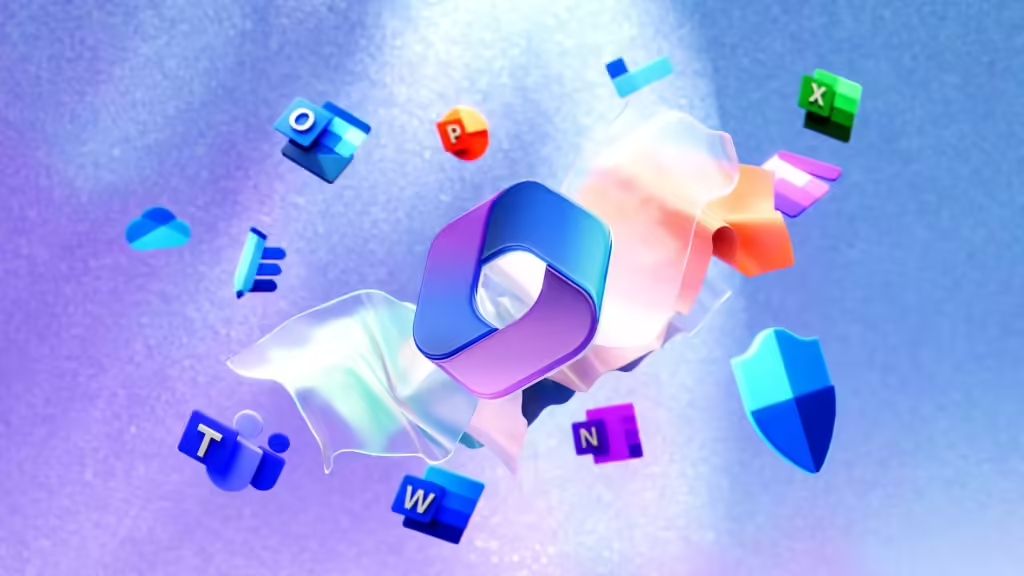
A more unified experience could also improve workflow efficiency, with documents automatically synced across devices, shared with colleagues, and backed up in the cloud. Additionally, Windows 12 might include built-in tools that streamline the use of Microsoft’s Teams, OneDrive, and Edge.
6. Gaming Enhancements and DirectX 13
Microsoft has always put a strong emphasis on gaming in its OS offerings, and Windows 12 is expected to take this further, especially for PC gamers. Building on the foundations of Windows 11’s gaming capabilities, Windows 12 could bring advanced gaming features, such as improved integration with Xbox Game Pass, lower latency in cloud gaming, and enhanced support for higher frame rates and resolutions.
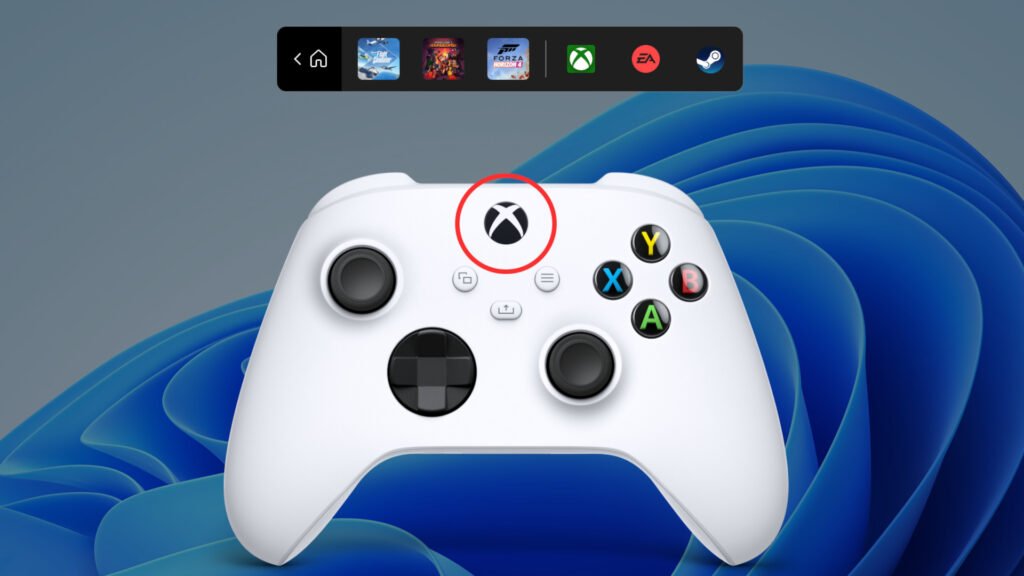
The introduction of DirectX 13 could further push the boundaries of gaming, allowing for more realistic graphics, faster load times, and better utilization of multi-core CPUs and modern GPUs.
7. Better Multitasking and Window Management
Windows 12 is likely to introduce smarter window management, expanding on the Snap layouts introduced in Windows 11. This could allow for more intuitive multitasking across multiple monitors, virtual desktops, and split screens.

Enhanced window grouping, the ability to save layout configurations, and better window arrangement on larger displays might also become standard. This feature would benefit users who need multiple applications open simultaneously, especially professionals in fields like graphic design, programming, and video production.
8. Support for Foldable Devices and New Form Factors
With foldable laptops and dual-screen devices becoming more popular, Windows 12 will likely include optimized support for these new form factors. Improved multi-display functionality, seamless transitions between folded and unfolded states, and better pen and touch support are expected to make the OS more adaptable to a range of devices. This could also extend to hybrid laptops and devices with detachable keyboards.
9. Energy Efficiency and Eco-Friendly Features
Energy efficiency is an important concern in the development of modern software. Windows 12 could feature optimizations to reduce power consumption, helping extend the battery life of laptops and mobile devices. Additionally, Microsoft could introduce eco-friendly features that monitor energy usage and suggest adjustments to users, promoting more environmentally conscious computing. These features would not only be beneficial to individual users but also support businesses in reducing their carbon footprint.
10. Native Support for Android Apps
Windows 11 introduced limited support for Android apps through the Microsoft Store, but Windows 12 could expand on this feature by offering broader, native support for Android applications. This would give users the ability to seamlessly run their favorite mobile apps alongside desktop applications. Improved compatibility could also mean better integration with features like notifications and widgets, providing a more unified experience for users who switch between their phone and PC throughout the day.
Conclusion
Windows 12 is shaping up to be a landmark release that addresses user needs and anticipates future trends. With deeper AI integration, modular design, cloud-based capabilities, and enhanced performance, the new OS could transform how people interact with their devices. Whether you’re a gamer, a creative professional, or a business user, Windows 12 promises to deliver a more personalized and efficient computing experience. The official feature set will only be revealed at launch, but these predictions offer a glimpse into the future of Microsoft’s flagship operating system.

